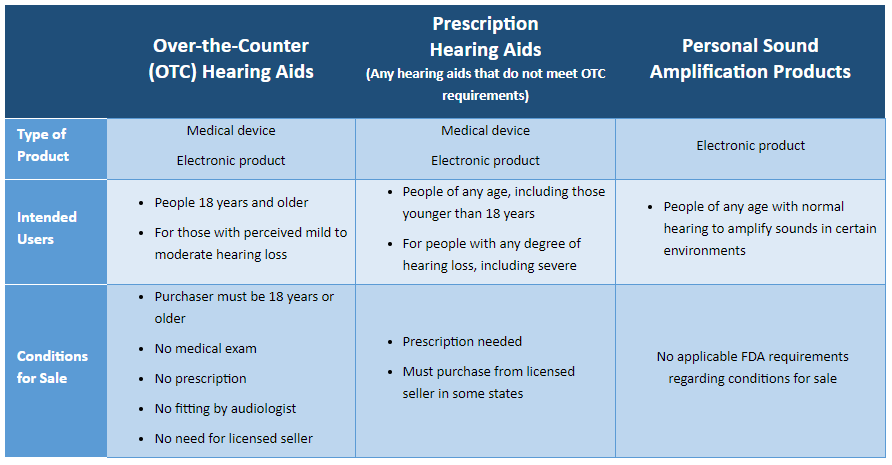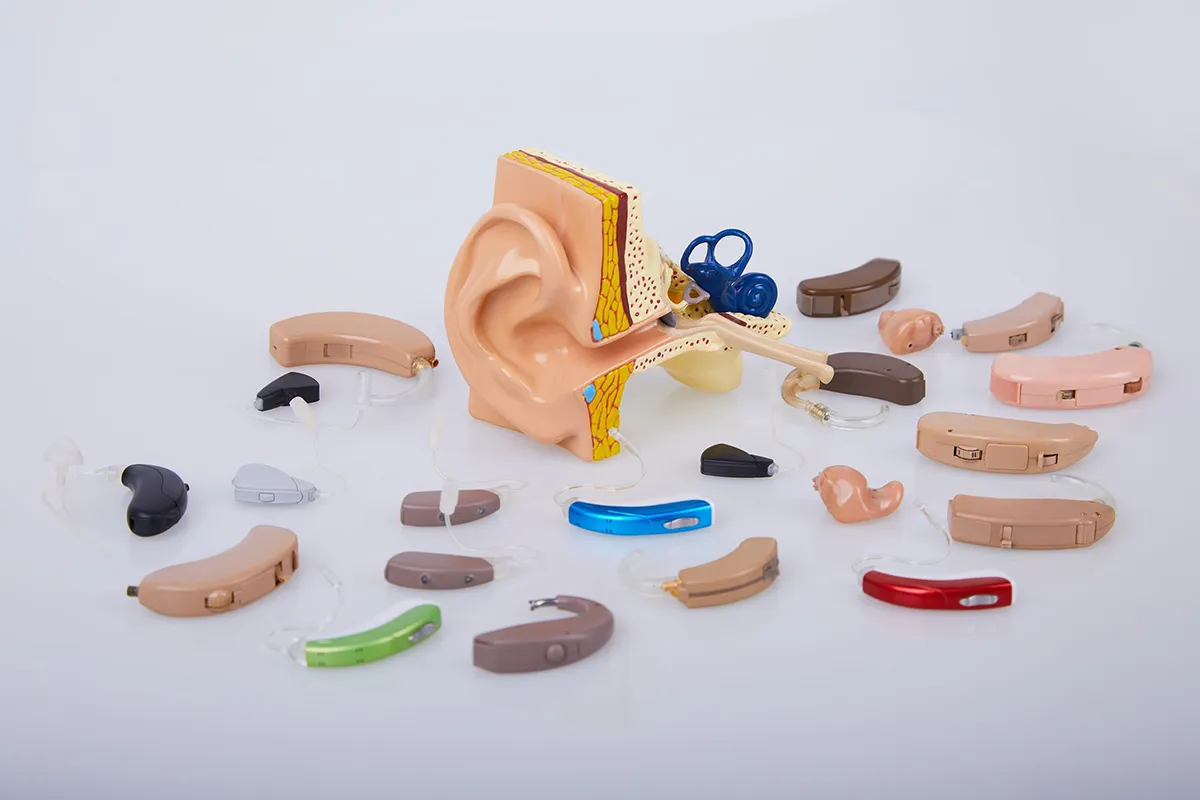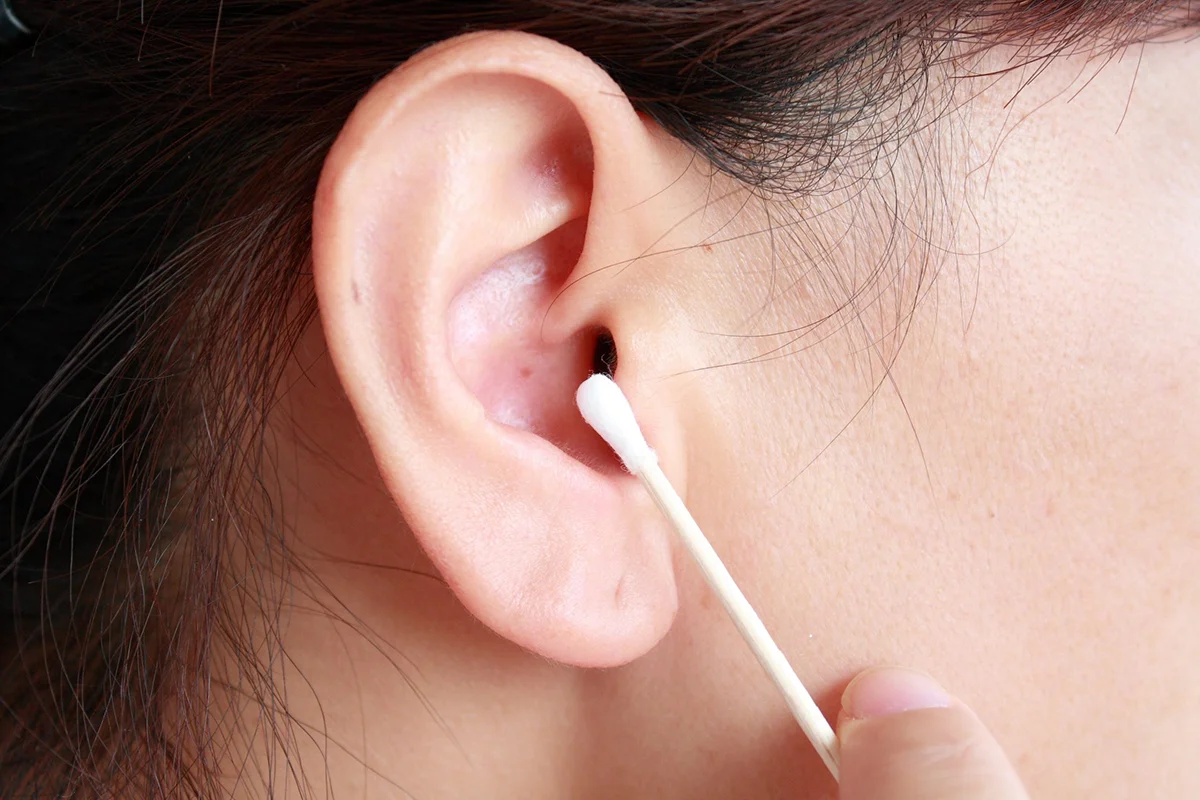Hearing Aid Access is Changing
Historically, if you wanted to purchase a hearing aid, you could only do so through a licensed healthcare provider. In recent years, more direct-to-consumer online retailers have surfaced, allowing you bypass the provider and purchase hearing aids to be sent directly to your home.
Under the traditional model, the industry tightly controlled access to hearing technology, which led to higher costs and limited information available to individuals with hearing loss. Eargo has worked hard to change the way people can learn about and take action on their hearing loss, but companies like Eargo were subject to legal barriers preventing them expanding access to hearing wellness, such as restricting the sale of such hearing aids to online retailers.
However, the hearing aid industry has recently changed. The U.S. Food and Drug Administration (“FDA”), following a bipartisan mandate from Congress more than five years ago, recently implemented a rule that allows certain hearing aids that meet FDA requirements to be purchased over-the-counter (“OTC”), which will enable OTC hearing aids companies to sell hearing aids in retail stores in addition to the existing online and mail order options.[1] Congress and the FDA intended for the broader availability of OTC hearing aids to reduce cost, increase competition, improve access, and drive innovation, resulting in better adoption of hearing technology.
Why is Access to Hearing Aids So Important?
Recent studies have demonstrated that when you leave hearing loss untreated, it is associated with harmful consequences, such as an increased risk of dementia, depression, and fall-related injuries.[2] Untreated hearing loss is also linked to conditions like diabetes and correlated with income loss, higher medical costs, and unemployment.[3][4][5] Use of a hearing aid has been shown to reduce these risks and improve quality of life.[6][7][8][9]
While 1 in 6 adults suffer from hearing loss,[10][11] only about 25% of those that could benefit from a hearing aid have used one.[12] Why is the adoption rate so low? High costs, obsolete technology, and the stigma associated with hearing loss and wearing hearing aids are discouraging those suffering with hearing loss from screening their hearing and wearing hearing aids.
Are OTC Hearing Aids Any Good?
The FDA requires OTC hearing aids to be high quality devices that safely address the hearing needs of people with perceived mild to moderate loss. A lot of research, expert opinion, and stakeholder input was included in the FDA’s final rule on OTC hearing aids. The FDA rule requires that OTC hearing aids:
- Are the same fundamental technology as hearing aids available in the clinic;
- Include tools, tests, or software that allows the user to control the hearing aid and customize it to their needs, including user-adjustable volume controls;
- Meet certain performance standards;
- List detailed information on the packaging about who might benefit from the hearing aid
Most importantly, the FDA has clearly stated that OTC hearing aids must be available without any requirement to see a healthcare provider for a hearing test or fitting. The FDA determined that with its new regulations, OTC hearing aids will be safe and effective for adults with perceived mild to moderate hearing loss, which represents more than 90% of adults with hearing loss.[13]
Will OTC Hearing Aids Work for Me?
You always have the option to receive a hearing test and seek treatment from a healthcare provider, even though you are not required to consult one before purchasing OTC hearing aids. In fact, the FDA recommends that you consult a provider, preferably an ENT physician, if you have any of the following symptoms:
- Your ear has a birth defect or unusual shape
- Your ear was injured or deformed in an accident
- You saw blood, pus or fluid coming out of your ear in the past 6 months
- Your ear feels painful or uncomfortable
- You have a lot of ear wax, or you think that something could be in your ear
- You get really dizzy or have a feeling of spinning on swaying (called vertigo)
- Your hearing changed suddenly in the past 6 months
- Your hearing changes—it gets worse then gets better again
- You have worse hearing in one ear
- You hear ringing or buzzing in only one ear
However, please note that if you have insurance coverage for hearing aids, your health plan may require you have a hearing test under its medical necessity policy before it will allow you to apply your benefits toward the purchase of hearing aids.
Here are some of the indicators an OTC device might work for you:
- You like to shop around. With more types of devices available, you can do your own research to make sure the device you select addresses your hearing needs, your lifestyle, and your budget. If you choose to get a hearing test, those results can assist you choosing the hearing device that works for you, whether or not it’s available in a clinic. Eargo also offers clinically validated online hearing screenings to help you understand whether Eargo is a good option for you.
- You only need a hearing aid in certain situations. Lower costs and more device options means you may be able to buy a device that works in situations where you need it, such as dinners with friends, work meetings, or adventures with your family. A less visible, easy-to-use device can be the perfect option for situational use.
- You have perceived mild to moderate hearing loss. Because OTC hearing aids are subject to the same FDA regulations as traditional hearing aids, OTC hearing aids may be a good option for anyone with a perceived mild to moderate hearing issue. This level of hearing loss may include difficulty hearing or understanding conversation, turning up the volume on TV or music loud enough that friends and family notice, or trouble hearing while using a telephone.
- You feel comfortable with technology. OTC hearing aids will allow for advanced customization. For example, customers have the ability to self-fit their Eargo 5, Eargo 6, and Eargo 7 hearing aids to their unique hearing needs using the Sound Match functionality on the Eargo app. If you’re comfortable with virtual visits, online or telephone support, and using an app to adjust your hearing aids without an in-person office visit with a healthcare provider, OTC hearing aids may be a good option for you.
- You want to save money. Not only are OTC hearing aids generally less expensive than traditional prescription hearing aids, but many OTC hearing aid retailers also offer follow-up customer support, often at no additional cost.
When Can I Purchase OTC Hearing Aids?
OTC hearing aids are available online and in certain retailers today. Eargo 5, Eargo 6, and Eargo 7 hearing aids have been cleared by the FDA as OTC, self-fitting hearing aids and are available for purchase online, over the phone, or in-person at select retailers. We look forward to addressing hearing wellness and treatment under the new OTC rule, but the truth is that we’ve been working toward improving access to hearing technology for years.
With Eargo, you get:
- FDA-cleared or registered hearing aids with comparable efficacy to hearing aids available in a clinic
- Hearing aids at about half the cost of traditional hearing aids
- Lifetime phone or online support for your devices
- Free clinically validated hearing screenings14
- Advanced personalization technology through our app, including our Sound Match and Sound Adjust/Adjust+ features
Summary
The FDA’s new regulations on OTC hearing aids are based on a broad consensus among experts and in the scientific research. Hearing loss is a normal part of aging, and increasingly, in younger adults as the world gets loud. Broad availability of lower cost devices is an important first step to reducing the risks of untreated hearing loss. Using hearing aids can help improve quality of life, connection, and overall health and function.
While OTC hearing aids are available online and in select retailers now, it’s important to do your research. Does the cost include the app, support, and features you are looking for? If the product doesn’t work for your hearing loss or your lifestyle, what is the return policy? Feel free to contact Eargo or take the Eargo Hearing screening to explore how a hearing aid may help you connect more fully to the world around you.
This article was updated January 30, 2023.
To learn more about how the FDA classifies OTC hearing products vs prescription hearing aids or personal sound amplification products, take a look at the chart below or read more on the FDA's website here.

[1] FDA Final Rule: Establishing Over-the-Counter Hearing Aids, 2022.
[2] Reed et al. (2019). Trends in health care costs and utilization associated with untreated hearing loss over 10 years. JAMA Otolaryngology-Head & Neck Surgery, 145(1), 27-34.
[3] Kim MB, Zhang Y, Chang Y, et al. Diabetes mellitus and the incidence of hearing loss: a cohort study. Int J Epidemiol. 2017; 46(2):717-726.
[4] Kochkin S. MarkeTrak VIII: The efficacy of hearing aids in achieving compensation equity in the workplace. The Hearing Journal. 2010; 63(10), 19-26.
[5] Emmett SD, Francis HW. The socioeconomic impact of hearing loss in US adults. Otol Neurotol. 2015, 36(3):545-550.
[6] Livingston G, Sommerlad A, Orgeta V, et al. (2017). Dementia prevention, intervention, and care. The Lancet, 390: 2673-2734.
[7] Amieva H, Ouvrard C, Giulioli C, et al. (2015). Self-reported hearing loss, hearing aids, and cognitive decline in elderly adults: a 25-year study. J Am Geriatr Soc. 63(10):2099-104. doi:10.1111/jgs.13649.
[8] Mahmoudi E, Basu T, Langa K, et al. (2019). Can hearing aids delay time to diagnosis of dementia, depression, or falls in older adults? J Am Geriatr Soc, 67:2362-2369. doi: 101111/jgs.16109.
[9] Chisolm TH, Johnson CE, Danhauer JL, Portz LJP, Abrams AB, Lesner S, et al. A systematic review of health-related quality of life and hearing aids: final report of the American Academy of Audiology Task Force on the Health-Related Quality of Life Benefits of Amplification in Adults. J Am Acad Audiol. 2007 Feb; 18(2):151-83. Doi: 10.3766/jaaa.18.2.7.
[10] Lin FR, Goman AM. Prevalence of Hearing Loss by Severity in the United States, 2016. Used prevalence estimate percentages from this article and updated with population estimates from the International Database (IDB)
[11] US Census Bureau – International Database, Population Estimates, 2022 by age.
[12] Age-related hearing loss. National Institute on Deafness and Other Communication Disorders, NIH.
[13] Prevalence of Hearing Loss by Severity in the United States, Adele M. Goman, PhD, and Frank R. Lin, MD, PhD, 2016
[14] The Eargo Hearing Screener is a tool designed to give you general information about your hearing. Please see a healthcare provider if you have recently noticed a sudden change in hearing, ear pain, and/or discharge. The Eargo Hearing Screener, its accessories, and application are not intended to prevent, diagnose, or treat hearing loss or any other disease or condition. THIS SCREENING DOES NOT REPLACE AN AUDIOLOGICAL EXAMINATION BY A LICENSED HEARING PROFESSIONAL. PLEASE CONSULT YOUR PHYSICIAN OR AUDIOLOGIST WITH ANY QUESTIONS OR CONCERNS ABOUT YOUR HEARING.




